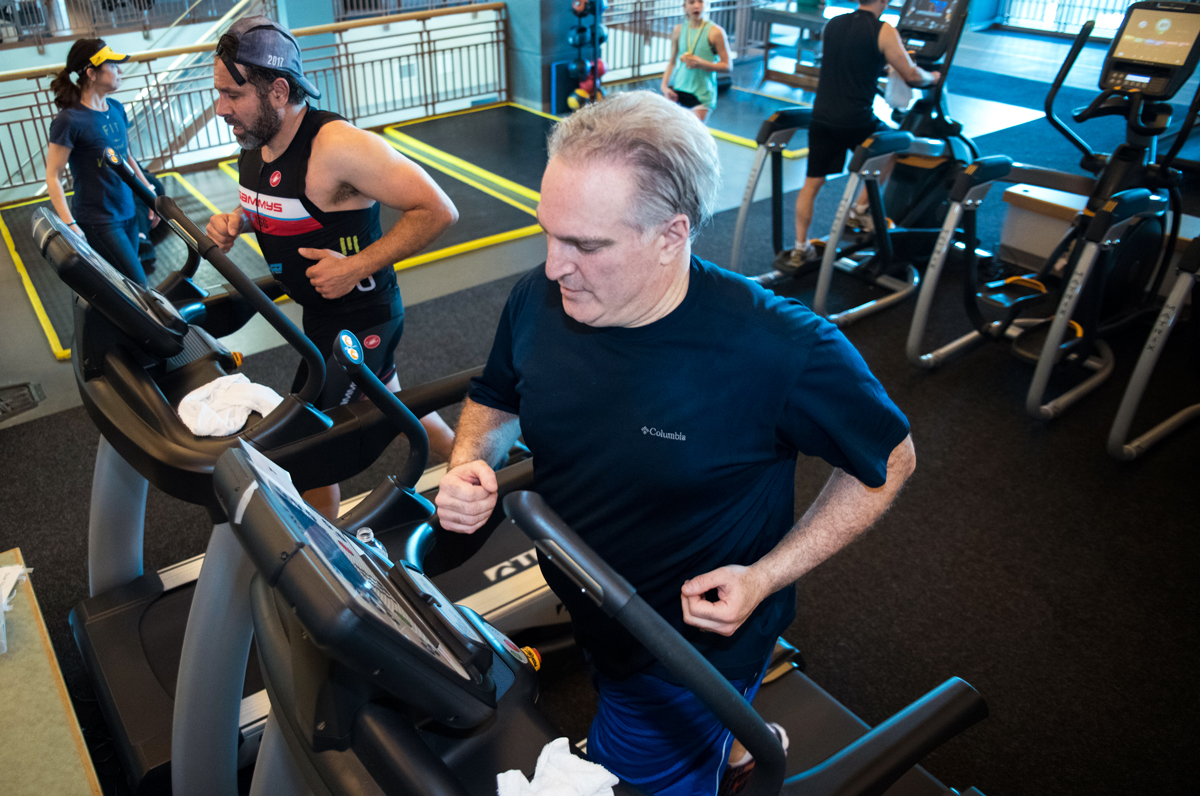This blog features article ‘Move More, Sit Less’: U.S. Updates Exercise Guidelines for Adults, Kids written by John Fernandez
For the first time in 10 years, the U.S. government has updated its minimum exercise guidelines to help adults, and their kids, achieve the many health benefits of regular physical activity.
The exercise recommendations for U.S. adults did not change. For substantial health benefits, adults should undertake at least 150 minutes (2 hours and 30 minutes) to 300 minutes (5 hours) a week of “moderate-intensity,” or 75 minutes (1 hour and 15 minutes) to 150 minutes (2 hours and 30 minutes) a week of “vigorous-intensity,” aerobic physical activity.
One key change is promoting any aerobic activity — not just a burst of at least 10 minutes’ worth as previously noted in the 2008 guidelines. Even a single episode of activity that breaks up long sessions of sitting provides short-term benefits, such as potentially lowering blood pressure, reducing anxiety and improving sleep. Based on the latest research, the updated guidelines say exercise can reduce symptoms of anxiety, slow the progression of hypertension and type 2 diabetes, and help prevent eight types of cancer in adults.
“Move more and sit less” whenever possible is the key message in 2018. That because just 26 percent of men, 19 percent of women and 20 percent of adolescents are meeting the minimum exercise standards. The American Heart Association announced that it would adopt the government’s updated exercise standards.
Another key update involves getting kids to start being more physically active at a younger age. Guidelines used to begin at age 6, but now parents are urged to get their preschoolers, ages 3 through 5, to take part in active play throughout the day. The guidelines don’t specify a period of time, but a reasonable target may be three hours of various intensities. That’s consistent with guidelines in other countries and it’s the average amount of activity observed in kids at the 3-to-5 age range.
A new study released last month went as far as suggesting that a sedentary lifestyle can be worse for your health than smoking, diabetes and heart disease. The conclusion of the new study published in the journal JAMA Network Open: Those who led a sedentary lifestyle were at a 500 percent higher chance of premature death, compared to those who are extremely fit. Compared to patients who simply meet the minimum-exercise recommendations and are fit, those who did not exercise showed a 390 percent higher risk of premature death.
“Exercise is great. It’s going to keep you young and your mind stimulated,” says Samantha Taghva, M.D., internal medicine physician with Baptist Health South Florida. “It keeps you from getting chronic medical conditions. Exercise is really the key benefit to healthy living.”
Here are the key guidelines from the Physical Activity Guidelines for Americans, 2nd Edition, from the U.S. Department of Health and Human Services:
Key Guidelines for Adults
Adults should move more and sit less throughout the day. Some physical activity is better than none. Adults who sit less and do any amount of moderate-to-vigorous physical activity gain some health benefits.
• For substantial health benefits, adults should do at least 150 minutes (2 hours and 30 minutes) to 300 minutes (5 hours) a week of moderate-intensity, or 75 minutes (1 hour and 15 minutes) to 150 minutes (2 hours and 30 minutes) a week of vigorous-intensity aerobic physical activity, or an equivalent combination of moderate- and vigorous-intensity aerobic activity. Preferably, aerobic activity should be spread throughout the week.
• Additional health benefits are gained by engaging in physical activity beyond the equivalent of 300 minutes (5 hours) of moderate-intensity physical activity a week.
• Adults should also do muscle-strengthening activities of moderate or greater intensity and that involve all major muscle groups on 2 or more days a week, as these activities provide additional health benefits.
Key Guidelines for Children and Adolescents
It is important to provide young people opportunities and encouragement to participate in physical activities that are appropriate for their age, that are enjoyable, and that offer variety.
Children and adolescents ages 6 through 17 years should do 60 minutes (1 hour) or more of moderate-to-vigorous physical activity daily:
• Aerobic: Most of the 60 minutes or more per day should be either moderate- or vigorous intensity aerobic physical activity and should include vigorous-intensity physical activity on at least 3 days a week.
• Muscle-strengthening: As part of their 60 minutes or more of daily physical activity, children and adolescents should include muscle-strengthening physical activity on at least 3 days a week.
• Bone-strengthening: As part of their 60 minutes or more of daily physical activity, children and adolescents should include bone-strengthening physical activity on at least 3 days a week.
Key Guidelines for Preschool-Aged Children
• Preschool-aged children (ages 3 through 5 years) should be physically active throughout the day to enhance growth and development.
• Adult caregivers of preschool-aged children should encourage active play that includes a variety of activity types.

